Poisonous Plants & Their Use Throughout History
Michael Brown
Pen and Sword Books. Paperback £16.99
ISBN 1526708388

I once turned up at a client’s garden to find foxgloves growing amongst the cut-and- come-again lettuce. Horrified, I carefully weeded them out, but decided I couldn’t be sure I’d found them all. The whole plot had to be dug up and replanted. Growing flowers in the veg plot has become fashionable. But mixing flowers with salads and veg can be deadly. We know foxgloves or digitalis has links with modern medicine to treat heart disorders. All parts of the plant are, however, highly poisonous. Michael Brown, in his book Death in the Garden, says on a toxicity scale of 1 to 20, with 1 being the most lethal, foxgloves are at number 3. The difference between a beneficial and lethal dose being minute.

Foxgloves are just one of the plants listed in Brown’s fascinating book. I’ve grown up knowing about the dangers of deadly and woody nightshade, and giant hogweed. But who knew that aquilegia could be poisonous.

Brown describes how powdered aquilegia seeds were used historically as medicine for jaundice and liver problems right up until the early nineteenth century. The plant, apparently high in vitamin C, was also rather dubiously used to treat scurvy. Luckily, modern medicine has moved on and the plant has reverted back to being used just to decorate our gardens.
Other plants I’ll look at in a different light in future include autumn crocus, bindweed, broom, cherry laurel, daffodils, morning glory and celandine, to name but a few.

And as for basil, I’ll not be able to eat it again without thinking of Brown’s rather bizarre and gory murder story involving a severed head and a pot of herbs! His book is a mixture of fact and fiction – all revolving around plants and poisons. Highly entertaining as well as informative. But you might not be able to sleep at night after reading it.
The book cover says :” Mankind has always had a morbid fascination with poisonous plants; how their poisonous properties were discovered and developed will most likely be left unknown. Over the centuries poisonous plants have been used to remove garden pests, unwanted rivals, and deceitful partners. They have also been used for their medicinal qualities, as rather dangerous cosmetics, even to help seduce a lover, when perceived as an aphrodisiac.
“Death in the Garden is based on Michael Brown’s most popular talk, popular as this subject holds a strange interest, for many will enjoy learning about these treacherous and peculiar plants, their defensive and deadly traits as well as the folklore that has grown around them. ”
 Michael Brown has been a head gardener, a college lecturer and designed the medieval gardens at Prebendal Manor, Nassington. He now gives talks and demonstrations on historical gardening .
Michael Brown has been a head gardener, a college lecturer and designed the medieval gardens at Prebendal Manor, Nassington. He now gives talks and demonstrations on historical gardening .
The publishers have one copy to give away. Please leave a comment below to be included. Comments without wishing to be in the draw are also fine.
Please do not try any of the “recipes” or remedies mentioned in the book.
DISCLAIMER: All the plants mentioned in this blog piece and the above book can cause death or injury. The contents of the review and book are for interest only and the author and publisher accept no liability for any injury caused by the use of the plants.

Links : kindle https://www.pen-and-sword.co.uk/Death-in-the-Garden-Kindle/p/14944
Amazon https://www.amazon.co.uk/Death-Garden-Poisonous-Throughout-History/dp/1526708388



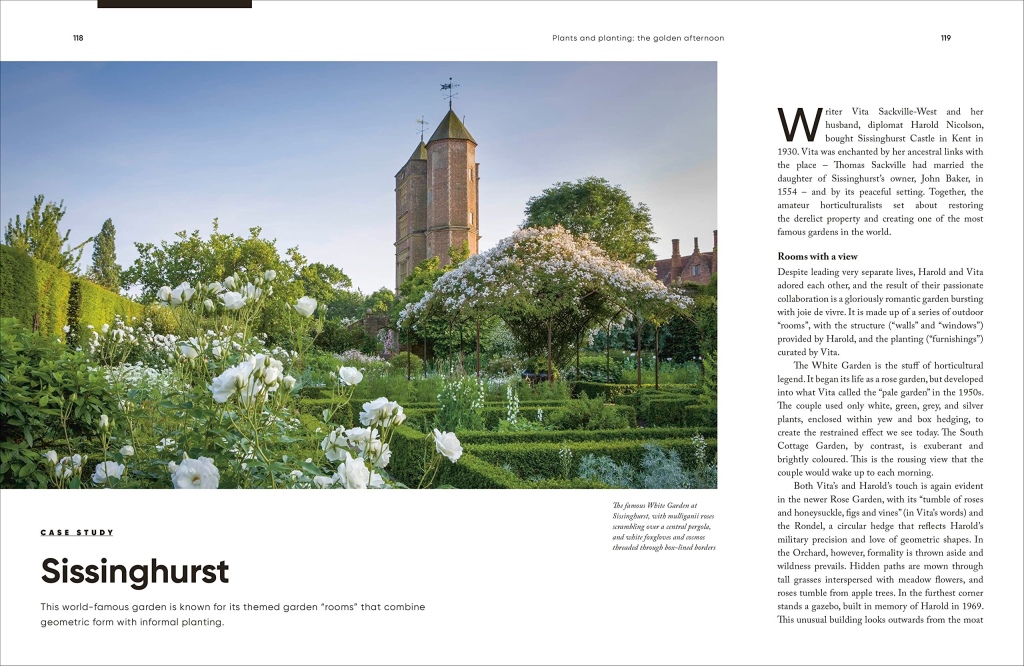



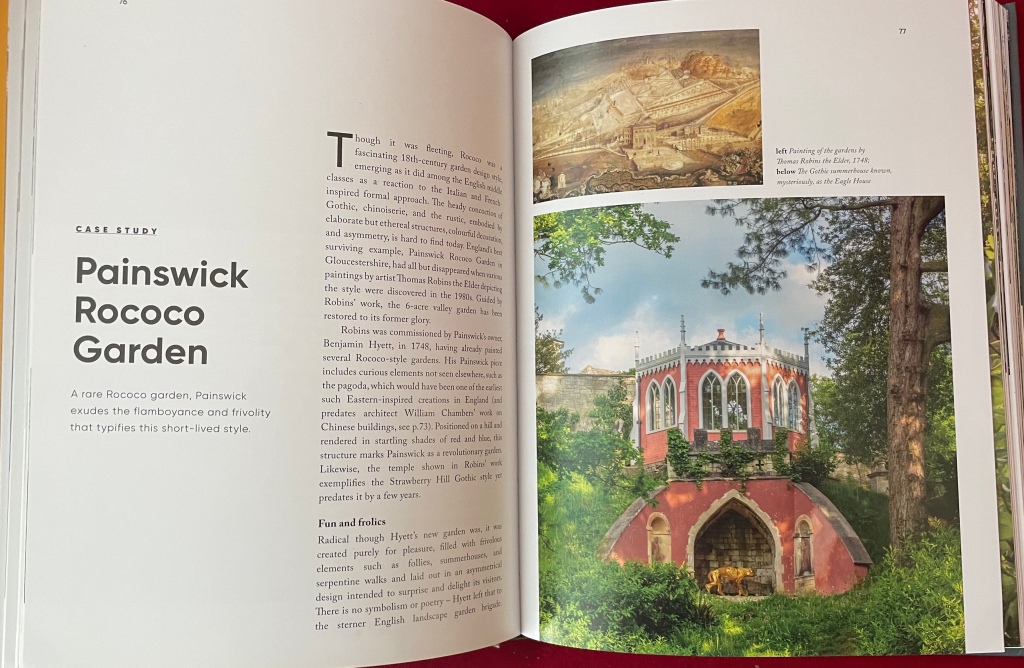

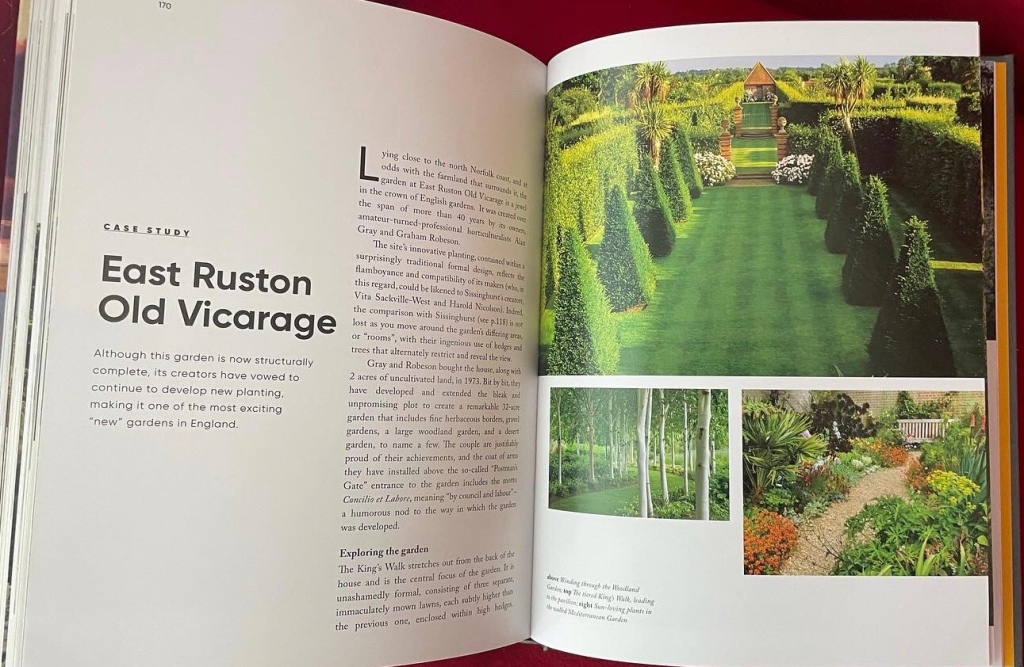

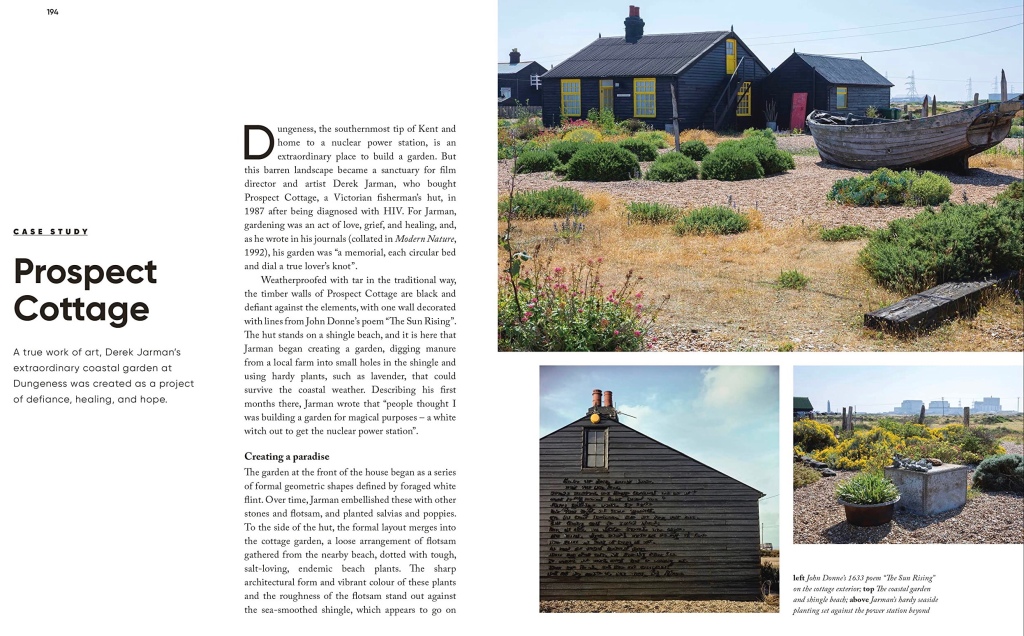




 Michael Brown has been a head gardener, a college lecturer and designed the medieval gardens at Prebendal Manor, Nassington. He now gives talks and demonstrations on historical gardening .
Michael Brown has been a head gardener, a college lecturer and designed the medieval gardens at Prebendal Manor, Nassington. He now gives talks and demonstrations on historical gardening .
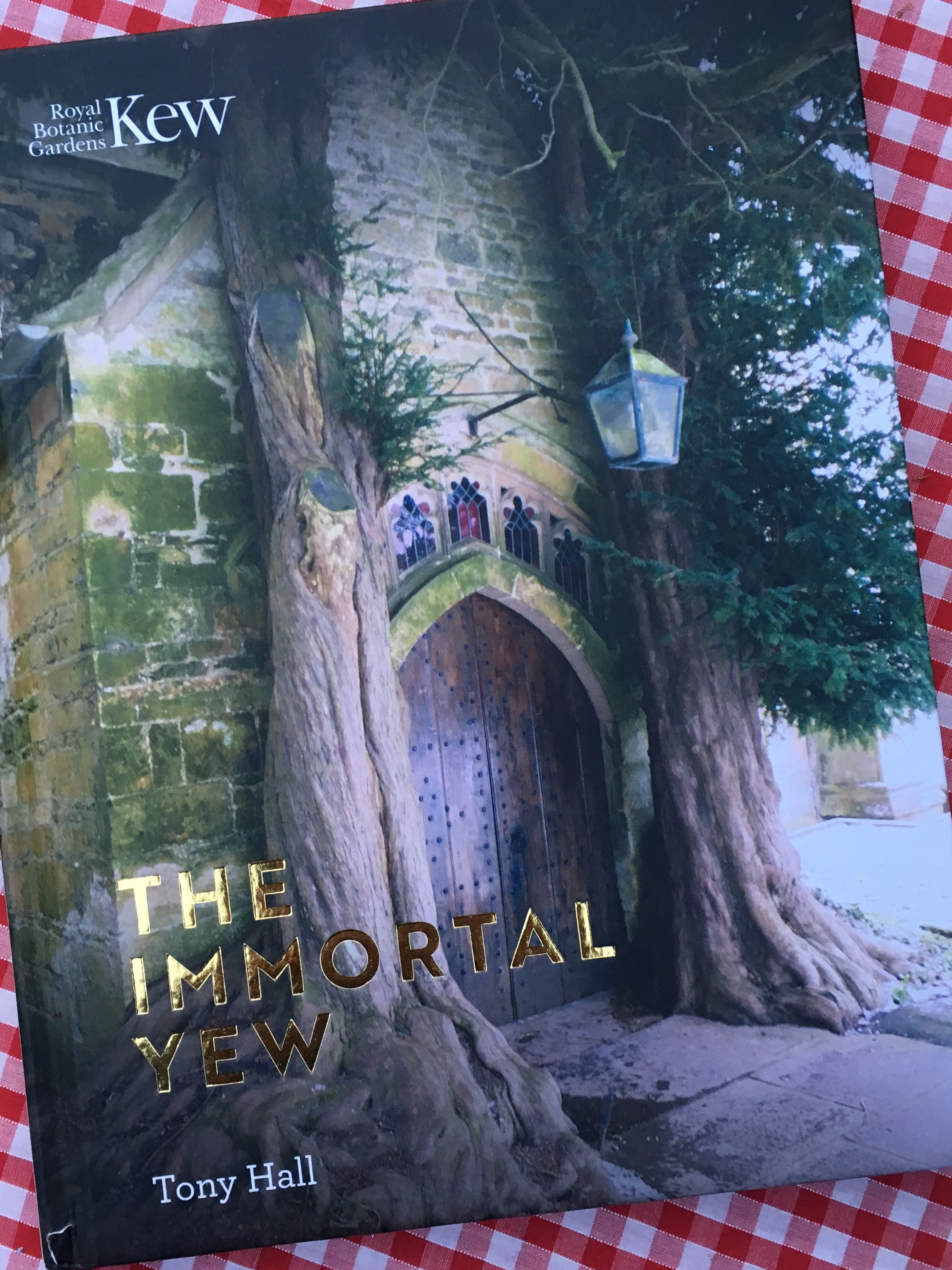
 What books would you recommend to gardening friends? What are your favourite books?
What books would you recommend to gardening friends? What are your favourite books?









